Rising Demand for Electric Vehicles
The Automotive Instrument Cluster Market is experiencing a notable surge in demand due to the increasing adoption of electric vehicles (EVs). As consumers become more environmentally conscious, automakers are responding by integrating advanced instrument clusters that provide essential information about battery status, energy consumption, and range. In 2025, it is projected that the share of EVs in total vehicle sales will reach approximately 30%, necessitating sophisticated instrument clusters that cater to the unique needs of electric vehicle drivers. This shift not only enhances user experience but also drives innovation within the Automotive Instrument Cluster Market, as manufacturers strive to develop more intuitive and informative displays.
Regulatory Compliance and Safety Standards
Regulatory compliance and safety standards are pivotal drivers in the Automotive Instrument Cluster Market. Governments worldwide are implementing stringent regulations aimed at improving vehicle safety and performance. As a result, instrument clusters must evolve to meet these requirements, incorporating features such as advanced driver-assistance systems (ADAS) and real-time diagnostics. By 2025, it is anticipated that compliance with these regulations will necessitate a significant upgrade in instrument cluster technology, thereby driving market growth. This focus on safety not only enhances consumer confidence but also compels manufacturers to innovate continuously within the Automotive Instrument Cluster Market.
Consumer Preference for Connectivity Features
Consumer preference for connectivity features is reshaping the Automotive Instrument Cluster Market. As vehicles become increasingly connected, drivers expect their instrument clusters to integrate seamlessly with smartphones and other devices. Features such as navigation, music control, and vehicle diagnostics are now essential components of modern instrument clusters. By 2025, it is projected that over 60% of new vehicles will offer advanced connectivity options, compelling manufacturers to prioritize these features in their designs. This shift not only enhances the driving experience but also drives competition within the Automotive Instrument Cluster Market, as companies strive to offer the most innovative and user-friendly solutions.
Technological Advancements in Display Systems
Technological advancements in display systems are significantly influencing the Automotive Instrument Cluster Market. The integration of high-resolution displays, augmented reality, and customizable interfaces is becoming increasingly prevalent. These innovations allow for a more engaging user experience, enabling drivers to access real-time data in a visually appealing manner. As of 2025, the market for advanced display technologies is expected to grow at a compound annual growth rate (CAGR) of around 8%, reflecting the industry's commitment to enhancing driver interaction. This trend not only improves safety by providing critical information at a glance but also positions the Automotive Instrument Cluster Market at the forefront of automotive technology.
Growing Focus on User Experience and Customization
The growing focus on user experience and customization is a significant driver in the Automotive Instrument Cluster Market. Consumers are increasingly seeking personalized driving experiences, prompting manufacturers to develop instrument clusters that can be tailored to individual preferences. This trend includes customizable layouts, themes, and information displays that cater to diverse driver needs. As of 2025, it is estimated that the demand for customizable instrument clusters will increase by approximately 15%, reflecting a broader shift towards personalization in the automotive sector. This emphasis on user experience not only enhances driver satisfaction but also positions the Automotive Instrument Cluster Market for sustained growth.
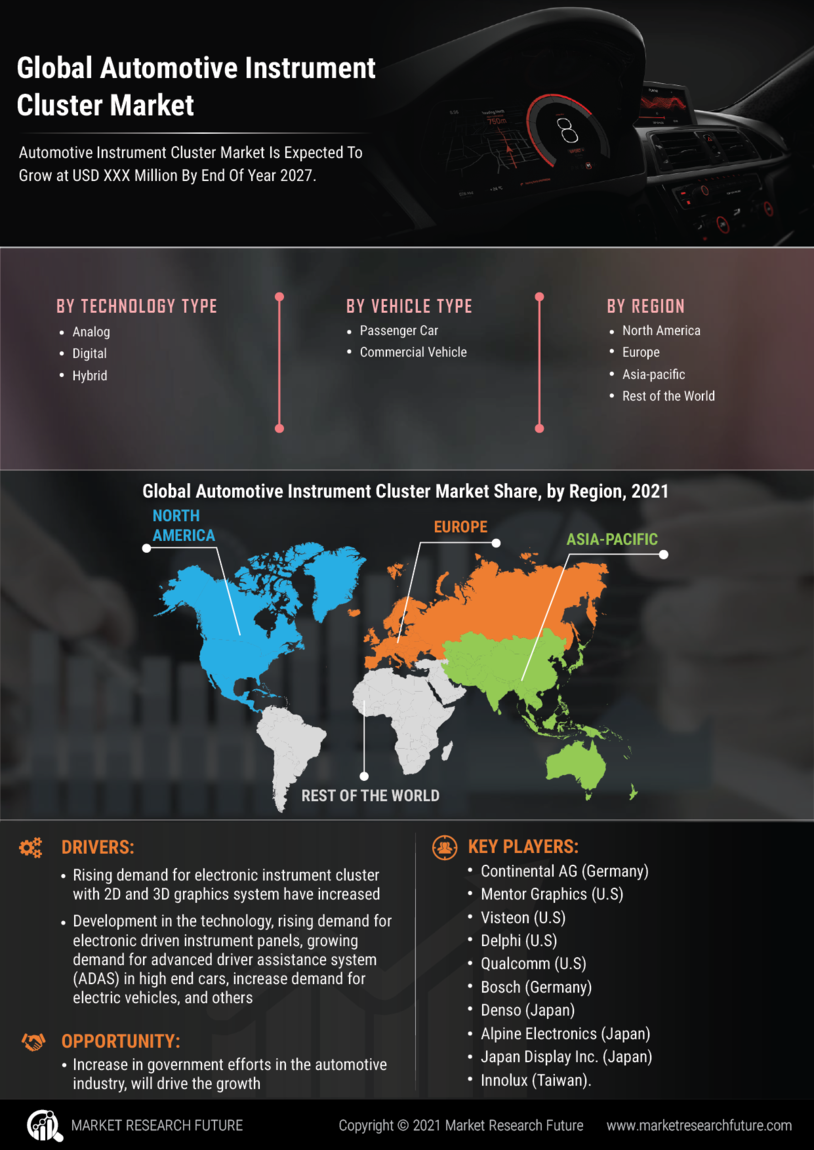

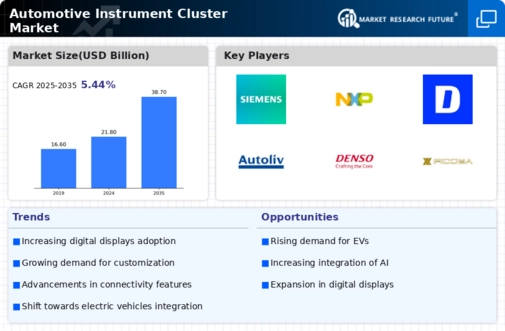
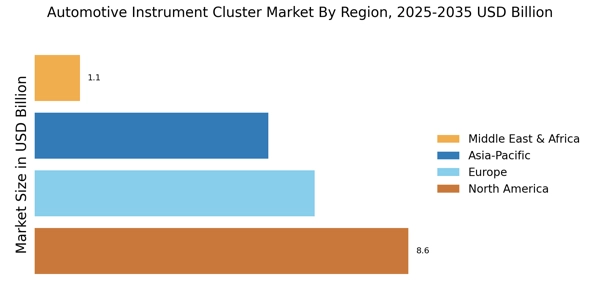



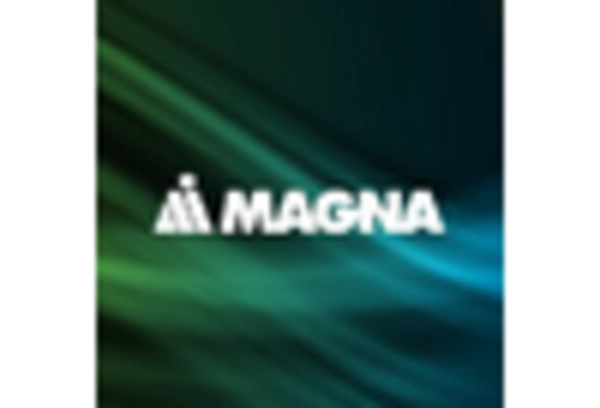
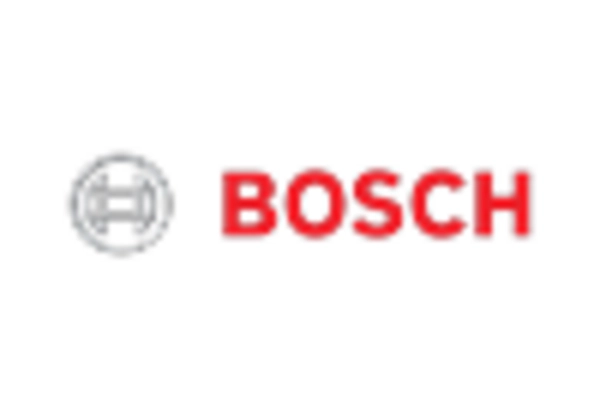
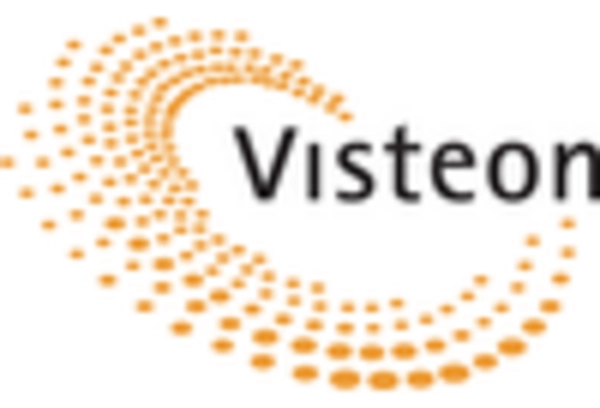








Leave a Comment